
A new study by leading European business schools and universities based on responses of close to 900 European venture capital investors sheds light on their way of selecting startups, working with founder teams and determining the valuation of a startup. In addition the report provides results on exits, multiples and failures.
The European venture capital (VC) market picked up and proliferated after the 2008 economic breakdown but faced a sharp slowdown in the second half of 2022 and 2023. At the same time, groundbreaking changes are taking place in society, not least the emergence of new technologies, that create opportunities for VC investors. Artificial intelligence, blockchain, and deep-tech are just a few. The investor landscape for startups is also changing rapidly, with new types of investors entering the scene, such as new forms of corporate VCs, special purpose acquisition companies (SPACs), and super business angels.
To get a better understanding of the VC landscape, leading European business schools and universities have joined their efforts and conducted a broad study of VC practices in Europe. In a new report, they present their findings on how European venture capitalists select, value, and structure investment deals, what type of value-added activities they provide, and how successful they are with their investments. The information in the report is based on 885 responses from venture capital investors across Europe. Their average fund size is EUR 100 million.
On average, venture capitalists across Europe receive 851investment proposals per year. Of those, 6% lead to investments. There is significant variation across VCs. For example, governmental VCs meet entrepreneurs applying for funding significantly more often than other VCs and have a higher closure rate. Independent VCs (neither corporate, government, nor family office investors) have the lowest closure rate.
By far, the management team’s ability has the highest impact on investment decisions made by European VCs. The second most important factor is the offering , i.e., the product, service, or technology, particularly to corporate VCs.
Valuation
71% of European VCs look at comparable transactions when valuing startups. However, often no formal valuation method is used, but the investment size and the VCs’ target ownership stake determine the value of the portfolio company. Corporate VCs, family offices, and governmental VCs apply formal methods more often than independent VCs.
63% of the VC investors target ownership stakes between 10 and 20% when negotiating deals. The most frequently mentioned factors affecting company valuation are the value of comparable investments, the portfolio company’s anticipated exit, and the desired ownership stake. European VCs often adjust valuation levels based on the perceived risk level and the current industry conditions.
Value-added activities
Most European VCs, 83%, help their portfolio companies raise follow-on financing andprovide strategic guidance. Most VCs have seats on the board of directors in their investee firm.
Independent VCs seem to be significantly more active than the other VCs, Western VCs more than VCs from other European regions, early-stage more than late-stage VCs, and health/life science-focused more than IT-focused VCs.
Exits, multiples and failures
The most common exit route for European VCs is through trade sales, which account for 40% of the exits. 7% of the exits are IPOs. The failure rate amounts to 22%. Late-stage VCs are more likely than the other VCs to exit their portfolio companies through trade sales, while health/life science-focused VCs more often exit through IPOs.
45% of the exit multiples received by European VCs are negative or limited (< 2x), while only 9% are above 10x invested capital. Late-stage VCs receive higher exit multiples than other VCs.
The full report can be downloaded for free.
(Stefan Kyora)
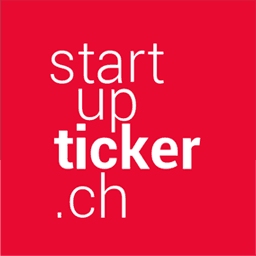

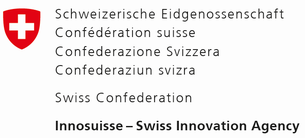
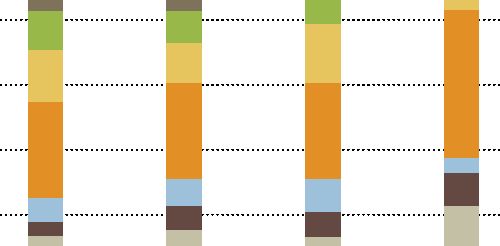

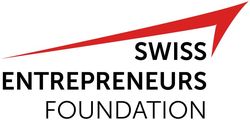


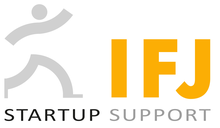




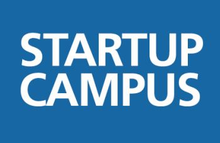



































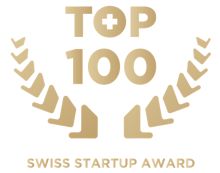





Please login or sign up to comment.
Commenting guidelines